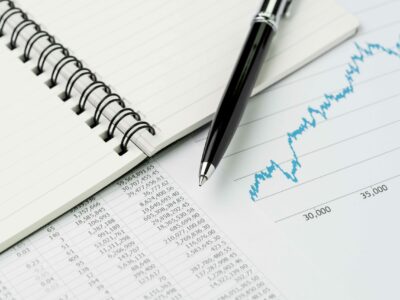What Is the Accounting Cycle? Steps and Definition

The operating cycle is a measure of time between purchasing inventory, selling the inventory as a product, and collecting cash from the sales transaction. After the company makes all adjusting entries, it then generates its financial statements in the seventh step. For most companies, these statements will include an income statement, balance sheet, and cash flow statement. The second step in the cycle is the creation of journal entries for each transaction. Point of sale technology can help to combine steps one and two, but companies must also track their expenses. The choice between accrual and cash accounting will dictate when transactions are officially recorded.
- If you have any questions or want to learn more about the accounting cycle, please leave a comment.
- Cliff will only close temporary accounts, which include revenues, expenses, income summary, and dividends.
- There are many closing activities, as detailed in our Closing the Books course.
- Balance sheet accounts (such as bank accounts, credit cards, etc.) do not need closing entries as their balances carry over.
- In this stage of the journal, transactions are recorded in chronological order of dates, debiting one account and crediting the other with a brief explanation.
- A variety of accruals and deferrals-related information must be accounted for in order to determine the operating results of a given period and the precise financial position of a specific business concern.
- That’s why today we will discuss the eight accounting cycle steps you can follow to ensure accuracy.
The accounting cycle is essentially the periodic expression of an organization’s accounting functions. According to the going concern concept, a business is expected to continue indefinitely. This indefinite period of time is divided into short periods to determine the business organization’s results and financial status. A balance sheet can then be prepared, made up of assets, liabilities, and owner’s equity. Accruals have to do with revenues you weren’t immediately paid for and expenses you didn’t immediately pay. Think of the unpaid bill that you sent to the customer two weeks ago, or the invoice from your supplier you haven’t sent money for.
Accounting Cycle
Computerized accounting systems and the uniform process of the accounting cycle have helped to reduce mathematical errors. If you have debits and credits that don’t balance, you have to review the entries and adjust accordingly. Once you identify your business’s financial accounting transactions, it’s important to create a record of them.

Cliff will want to increase income in the next period to show growth for investors and lenders. The next step in the cycle is to prepare the adjusted trial balance. We have gone through the entire accounting cycle for Printing Plus with the steps spread over three chapters.
Create financial statements.
Now that the financial statements are complete, Cliff will go to the next step in the accounting cycle, preparing and posting closing entries. The accounting cycle is a comprehensive accounting process that begins and ends in an accounting period. It involves eight steps that ensure the proper recording and reporting of financial the accounting cycle includes which of the following transactions. Once a company’s books are closed and the accounting cycle for a period ends, it begins anew with the next accounting period and financial transactions. The seventh step requires to prepare financial statements including the income statement, balance sheet, Statement of Retained Earnings, and cash flow statement.
This allows accountants to program cycle dates and receive automated reports. The accounting cycle is a collective process of identifying, analyzing, and recording the accounting events of a company. It is a standard 8-step process that begins when a transaction occurs and ends with its inclusion in the financial statements and the closing of the books. Finally, adjusting entries always have an impact on at least one account on the income statement and one account on the balance sheet. Contrarily, making corrections to entries may involve any number of accounts that need to be adjusted. A trial balance is a statement that includes the ledger account’s debit and credit balances and is prepared at a specific time of the period’s end.
